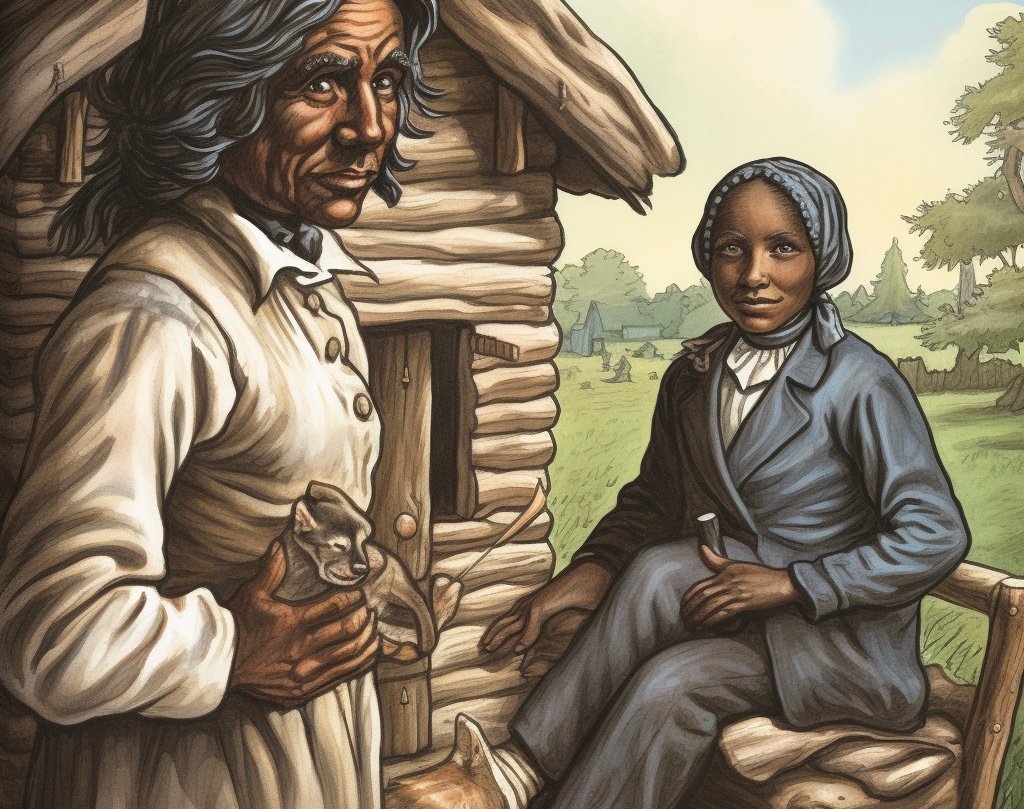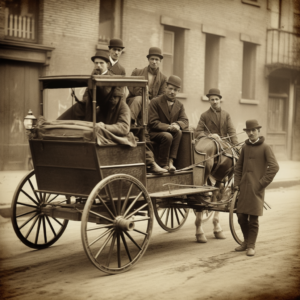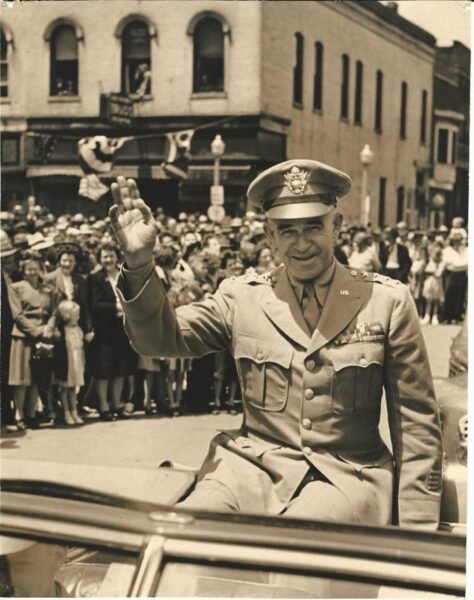Written by Harriet Beecher Stowe in 1852, “Uncle Tom’s Cabin” is a renowned novel that played a critical role in shaping public sentiment toward slavery during the 19th century. It highlighted the inhumanity of slavery and its corrosive effect on the souls of slaveholders, compelling readers in the North and South to confront the brutal reality of this institution.

The Plot and Characters
The novel tells the story of Uncle Tom, a pious and loyal slave who, throughout the narrative, endures a series of increasingly brutal slave owners.
Other prominent characters include Eliza, a slave who makes a desperate escape to protect her young son, and Simon Legree, a cruel slave owner. These characters and their stories are used by Stowe to illustrate the different aspects and impacts of slavery.
Impact on Society
“Uncle Tom’s Cabin” had a profound impact on the American public’s perception of slavery. Its vivid depiction of the brutality and immorality of slavery served to galvanize anti-slavery sentiments in the North and sparked outrage in the South, where it was seen as an unfair attack on the Southern way of life.
The novel quickly became a bestseller, making it a significant tool in spreading the abolitionist message. According to legend, when Stowe met President Abraham Lincoln in 1862, he reportedly said, “So you’re the little woman who wrote the book that started this great war.”

Controversy and Legacy
Despite its significant role in the abolitionist movement, “Uncle Tom’s Cabin” has been subject to criticism. Some have criticized the novel for its racial stereotypes, such as the depiction of Uncle Tom as submissive and eager to please white people. Others argue that the novel perpetuates a “white savior” narrative.
Nonetheless, its influence on the American conscience regarding slavery and its contribution to fueling the abolitionist movement is undeniable.
In 21st century, “Uncle Tom’s Cabin” is studied not only as a work of literature, but also as a lens through which to examine the racial and societal complexities of the pre-Civil War United States.
“Uncle Tom’s Cabin” remains one of the most impactful works in American literature. Its emotive storytelling helped to humanize enslaved individuals, making it harder for people to ignore the inherent injustices of slavery. Despite its controversies, the novel’s influence on the course of American history—particularly in galvanizing sentiment towards the abolition of slavery—stands as a testament to the power of literature in effecting societal change.
As an Amazon Associate we earn from qualifying purchases through some links in our articles.




